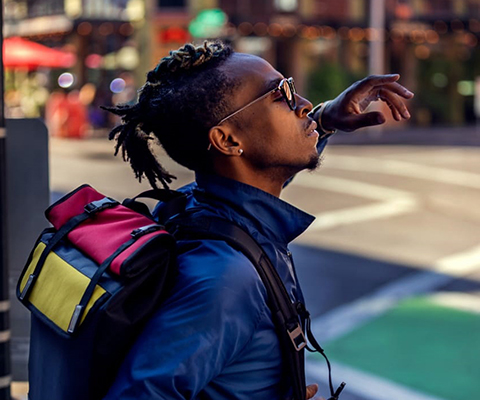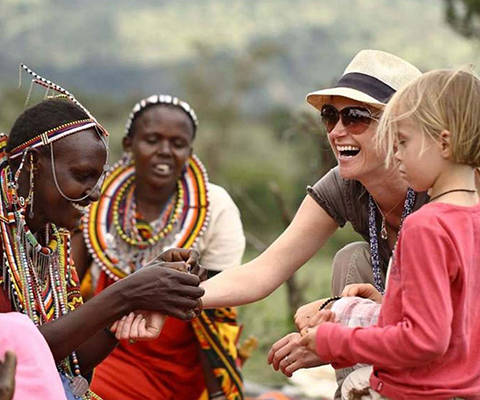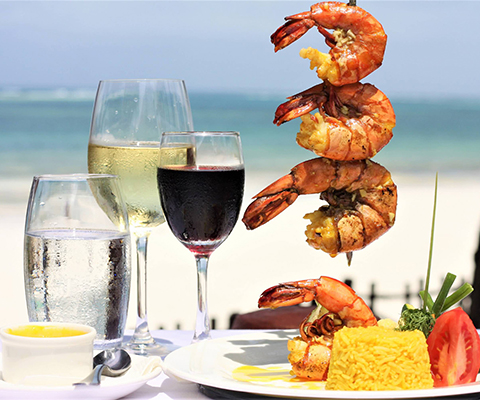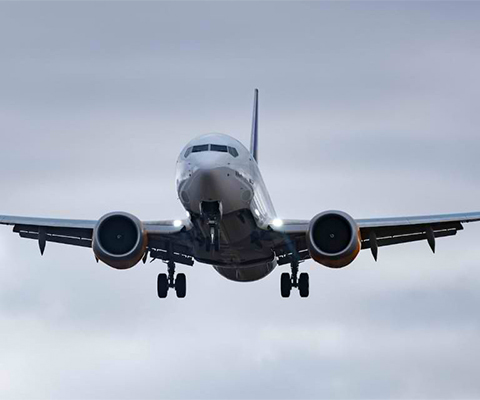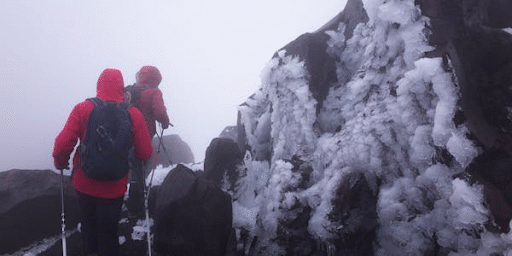Damaris Mathu
Looking for an unforgettable adventure? Mount Kenya hikes should be high on your list. As the second-highest peak in Africa, Mount Kenya offers stunning views, diverse trails, and a true sense of achievement. This comprehensive guide covers everything you need to know—from popular hiking routes and preparation tips to dealing with altitude sickness and hiking without a guide or formal training.
Why Choose Mount Kenya Hikes?
Mount Kenya is a UNESCO World Heritage Site and an ancient volcano that now offers lush forests, alpine meadows, dramatic cliffs, and snowy summits. It’s less crowded than Kilimanjaro, and often considered even more scenic.
Peaks of Mount Kenya
Mount Kenya has three main peaks:
-
Batian Peak (5,199 meters / 17,057 feet)
Batian, standing at 5,199 meters (17,057 feet), is the highest peak of Mount Kenya and one of the most challenging climbs on the continent. Named after Mbatian, a renowned Maasai Laibon (medicine man), this peak demands advanced climbing skills due to its steep, rocky slopes and technical routes.
Climbing Batian
Climbing Batian is a formidable endeavor, typically requiring a combination of rock climbing and ice climbing skills. The standard route to the summit is the North Face Standard Route, which is about 18 pitches of rock climbing. Climbers must navigate through a mix of granite and gneiss, making the ascent both physically demanding and technically complex.
Scenic Views and Wildlife
From the summit of Batian, climbers get rewards with panoramic views of Mount Kenya’s surrounding peaks and valleys. Glaciers, rugged terrain, and diverse wildlife, including alpine flora and various bird species, add to the allure of this peak.
-
Nelion Peak (5,188 meters / 17,021 feet)
Nelion, standing at 5,188 meters (17,021 feet), is the second-highest peak of Mount Kenya. Located just 140 meters away from Batian. Nelion is often referred to in conjunction with Batian, as they are separated by the narrow Gates of Mist gap. This peak is also named after a Maasai leader, reflecting the region’s rich cultural heritage.
Climbing Nelion
Nelion is known for its technical climbing challenges, similar to Batian. The South-East Face Standard Route is the most commonly used path to the summit, consisting of about 21 pitches of rock climbing. Climbers encounter steep, rocky terrain requiring advanced climbing techniques and experience. The climb to Nelion is demanding, with the added thrill of potentially crossing over to Batian via the Gates of Mist.
Crossing the Gates of Mist
The Gates of Mist is a gap that separates Nelion from Batian, and crossing it is a unique experience. This traverse involves navigating a short but exposed ridge, adding an extra layer of adventure for climbers aiming to summit both peaks in a single expedition.
Scenic Views and Wildlife
The ascent of Nelion offers stunning views of Mount Kenya’s rugged landscape, glaciers, and diverse wildlife. Climbers can enjoy the sight of alpine vegetation, unique rock formations, and various bird species, making the climb a visually rewarding experience.
-
Point Lenana (4,985 meters / 16,355 feet)
Point Lenana, rising to 4,985 meters (16,355 feet), is the third-highest peak on Mount Kenya. Unlike Batian and Nelion, Point Lenana is accessible to trekkers without requiring technical climbing skills, making it the most frequently ascended peak. Its relative accessibility and stunning panoramic views make it a popular choice among climbers and trekkers.
Scenic Views and Highlights
The ascent to Point Lenana offers spectacular views of the surrounding landscapes, including valleys, glaciers, and other peaks of Mount Kenya. At the summit, trekkers are rewarded with breathtaking panoramic views that can extend as far as Mount Kilimanjaro on a clear day. The sight of the sunrise from Point Lenana is particularly mesmerizing, making the early morning summit attempt a popular choice. Trekkers on the way to Point Lenana can encounter a diverse range of wildlife and flora. The lower slopes are home to forests with various tree species, while the higher altitudes feature unique alpine vegetation. Wildlife sightings may include colobus monkeys, hyraxes, and an array of bird species, adding to the rich experience of the trek.
Best Times for Mount Kenya Hikes
The best times to climb Mount Kenya are during the dry seasons, from January to February and from July to September. During these periods, the weather is more stable, and the trails are less muddy, providing a more enjoyable trekking experience. However, trekkers should always be prepared for rapid weather changes, common in high-altitude environments.
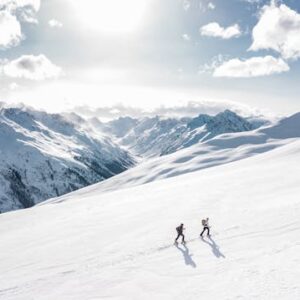
Mount Kenya hikes in snowy mountain landscape
Mount Kenya Trails: Which Route is The Best?
Mount Kenya boasts several hiking routes, each with unique characteristics and challenges. The four main routes are Naro Moru, Chogoria, Sirimon, and Burguret. Let’s dive into each of these routes to help you decide which one suits your adventure style best.
-
Naro Moru Route: The Quick Ascent
Hikers often consider the Naro Moru Route the fastest way to the summit, which makes it popular among those with limited time. This route approaches Mount Kenya from the west and is known for its relatively straightforward ascent.
KEY FEATURES:
- Distance: Approximately 15 miles (24 km) round trip
- Duration: 3-4 days
- Difficulty: Moderate to challenging
- Starting point: Naro Moru Gate (8,500 feet / 2,590 meters)
The Naro Moru Route takes hikers through the infamous “Vertical Bog,” a steep, often muddy section that can be quite challenging. As you ascend, you’ll pass through distinct vegetation zones, from the montane forest to the otherworldly landscape of giant groundsels and lobelias in the alpine zone.
-
Chogoria Route: The Scenic Beauty
If you are seeking breathtaking views and a more gradual ascent, the Chogoria Route is often hailed as the most beautiful path up Mount Kenya. This eastern approach offers stunning vistas of lakes, valleys, and unique geological features.
KEY FEATURES:
- Distance: Approximately 20 miles (32 km) round trip
- Duration: 4-5 days
- Difficulty: Moderate to challenging
- Starting point: Chogoria Gate (5,900 feet / 1,800 meters)
The Chogoria Route treats hikers to spectacular sights like the Nithi Falls, Lake Michaelson, and the dramatic Gorges Valley. The route’s gradual ascent profile helps with acclimatization, making it a favorite among those who want to minimize the risk of altitude sickness.
-
Sirimon Route: The Gentle Giant
The Sirimon Route, approaching from the north, is often recommended for its gentler slopes and beautiful scenery. It’s an excellent choice for less experienced hikers or if you are looking for a more gradual ascent to aid acclimatization.
KEY FEATURES:
- Distance: Approximately 17 miles (27 km) round trip
- Duration: 4-5 days
- Difficulty: Moderate
- Starting point: Sirimon Gate (8,700 feet / 2,650 meters)
The Sirimon Route winds through beautiful montane and bamboo forests before opening to the alpine zones. Hikers often spot various wildlife, including elephants, buffalo, and numerous bird species, in the lower elevations.
-
Burguret Route: The Road Less Traveled
For the true adventurers seeking solitude and a more rugged experience, the Burguret Route provides a less-trodden path to the summit. This western approach is the least used of the main routes and requires a higher level of self-sufficiency.
KEY FEATURES:
- Distance: Approximately 20 miles (32 km) round trip
- Duration: 5-6 days
- Difficulty: Challenging
- Starting point: Gathiuru Forest Station (7,200 feet / 2,195 meters)
The Burguret Route offers a wilderness experience, with fewer facilities and more challenging terrain. Hikers need to be well-prepared and possibly accompanied by an experienced guide.
“Burguret is for those who want to feel like they’re discovering Mount Kenya for themselves,” explains Emily Wanjiru, a local conservation officer. “It’s raw, it’s challenging, but it’s incredibly rewarding for those seeking a true wilderness adventure.”
Preparation Tips for Mount Kenya Hikes
Success on Mount Kenya hikes comes down to good preparation:
Prepare for High Altitude: Trekking a mountain requires more than simply being in good shape mentally and physically. When you reach higher altitudes, there’s a lower saturation of oxygen, which can affect your breathing. To prepare for high altitudes, do cardio exercises and take several higher-altitude hikes.
Physical training: Start training at least 6–8 weeks before your hike. Focus on cardio, strength, and stamina. Besides physical and endurance preparation, it’s crucial to have a positive mental attitude toward the climb. It boosts confidence and often cheers you up to the top.
Gear: Waterproof boots, warm layers, trekking poles, gloves, sleeping bags rated for sub-zero temperatures, and headlamps are essential. Due to the technical nature, climbers aiming for Batian and Nelion must be well-prepared with the essential equipment, which includes ropes, harnesses, ice axes, crampons, and helmets. Climbers need high-altitude experience and readiness for rapidly changing weather.
Another essential tip for preparing for Mt. Kenya is wearing your hiking boots, clothes, and gear during your prep hikes. This allows you to get used to the equipment and figure out what may need adjusting ahead of your journey.
Booking: Arrange permits and accommodation early, especially during high season (January–March, July–October). The huts on the mountain are privately owned. Contact the respective huts in advance to ensure a booking. Get the right guide and they will usually sort all your permits, entry fees, and accommodation for you in advance.
Altitude Sickness: How to Stay Safe
At high altitudes, oxygen levels drop, which can cause altitude sickness. Here’s how to protect yourself:
Proper Acclimatization Techniques: Go slow, allow time for acclimatization. To prevent altitude sickness, it is crucial to acclimatize properly. Spend 1-2 nights at the roadhead (3,000m) or higher huts (4,000m) before proceeding to higher altitudes. This allows your body to adjust gradually to the lower oxygen levels.
Hydration and Diet: Increase your fluid intake; staying well-hydrated helps your body cope with the altitude. In addition, maintain a light diet high in carbohydrates to provide sustained energy without overburdening your digestive system.
Listen to Your Body and Take Breaks: Listening to your body is vital when climbing Mount Kenya. If you feel unwell or experience any symptoms of altitude sickness, take a break and rest. Do not push yourself too hard, as this can lead to more severe symptoms.
Use of Diamox Medication: Consider taking Diamox (acetazolamide) to help prevent and treat altitude sickness. Consult with a healthcare provider before your trip to ensure it’s suitable for you and to understand the correct dosage and usage
Descend if necessary: If symptoms get worse, descend immediately.
Can You Climb Mount Kenya Without a Guide?
The current government regulations require you to have a guide while climbing Mt Kenya. Sort a guide before you go, and ensure that all guides and porters have a valid KWS (Kenya Wildlife Services) card. A good experienced guide is so important on Mount Kenya, for three reasons:
- They will regulate your pace
- Identify altitude sickness symptoms and give advice on the best response.
- Provide valuable insights into the local flora and fauna because they are familiar with the terrain.
Mount Kenya is a dream adventure waiting to happen. With several Mount Kenya trails to choose from, there’s something for every level of trekker. Train well, pack smart, watch for altitude sickness, and most importantly, take your time, enjoy every step, and soak up the magic of Africa’s wild heart. We at Travel Moran will make your adventure worthwhile.

